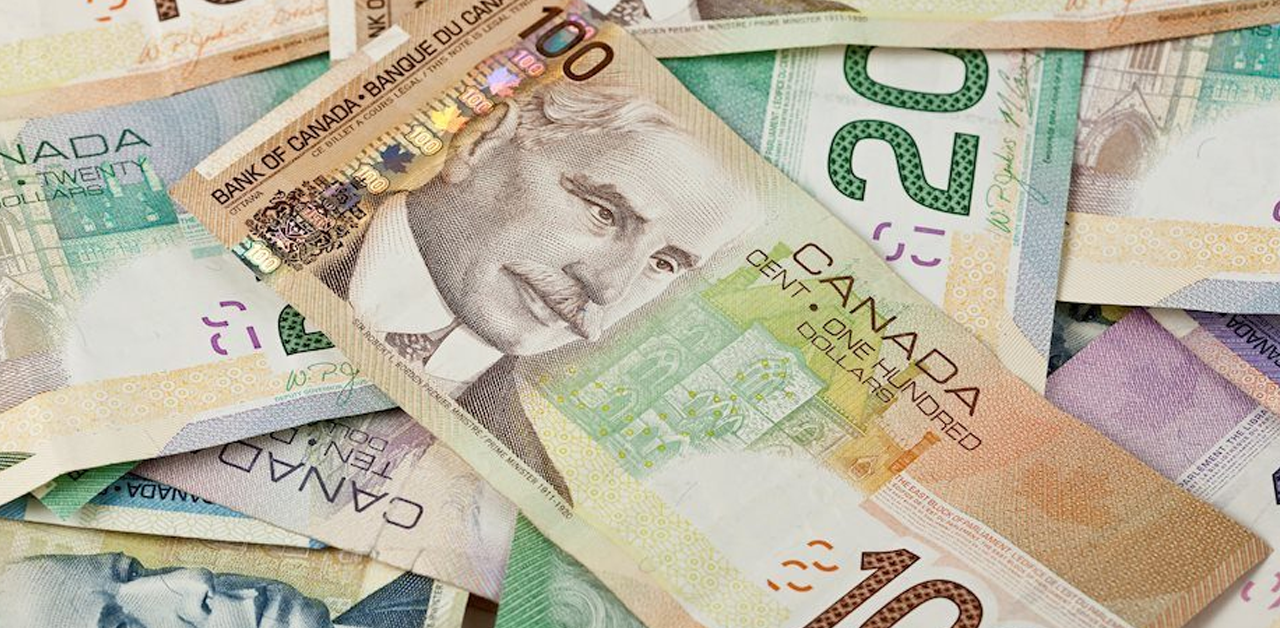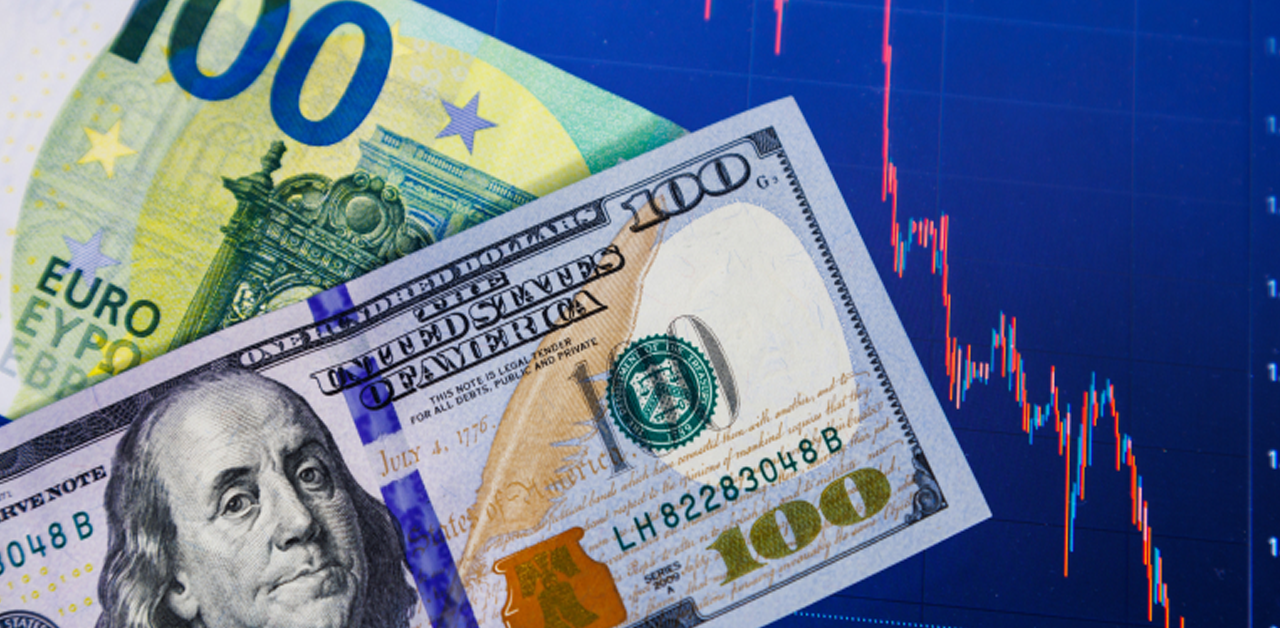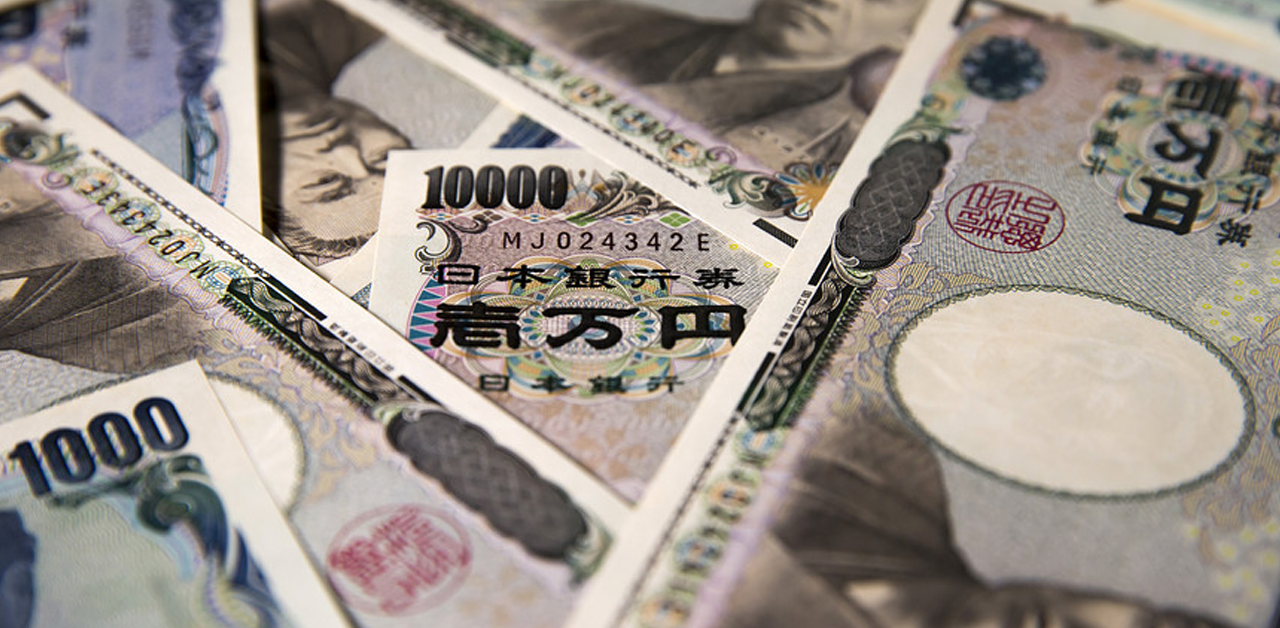USD Index Pauses, Trades Lower Around 104.70
The US Dollar Index (DXY) is hovering just below its peak since April, trading at approximately 104.80. This level of performance is notable, and it hints at the potential for the USD to gather strength, primarily due to some critical factors in the economic landscape.
One of the primary drivers behind the USD’s resilience is the significant improvement in US Treasury yields. The yields for 10-year bonds have surged to 4.29%, offering an attractive return for investors. This uptick in yields makes the USD more appealing to investors seeking higher investment returns.
What further bolsters the USD’s position is the robust economic data emerging from the United States. This contrasts sharply with the economic challenges faced by the Eurozone. The US economy is currently on a path of steady growth, and there are signs that it may be transitioning toward a controlled economic slowdown, which is often seen as a positive indicator.
A key metric supporting the USD is the US Initial Jobless Claims data for the week ending September 2. This data exceeded market expectations, indicating a robust labor market. A healthy job market typically strengthens the USD as it reflects a thriving economy.
US Treasury Secretary Janet Yellen has also expressed confidence in the country’s ability to manage inflation without adversely affecting the job market. She has noted a consistent downward trend in inflation measures, which is reassuring for investors and further boosts confidence in the USD.
The US Federal Reserve is pursuing a careful and strategic approach to economic management. The aim is to achieve what has been dubbed the “golden path” for the economy, where inflation subsides without triggering a recession. This balanced approach is crucial for maintaining economic stability and fostering growth, both of which contribute positively to the USD’s performance.
Federal Reserve officials, including New York Fed President John Williams, have taken a flexible stance on future interest rate policies. This flexibility suggests that an immediate rate hike may not be necessary, which can be seen as a positive sign for the USD.
The USD’s performance is also closely linked to the signals sent by the Federal Reserve regarding sustained elevated interest rates and the possibility of a rate hike by the end of 2023. A more hawkish approach by the Fed, focusing on tighter monetary policy, could further bolster the USD’s standing in the global currency market.
Investors are eagerly awaiting the release of the US Consumer Price Index (CPI) data for August. This data will provide crucial insights into the current inflation situation and will play a pivotal role in shaping decisions related to the USD. The combination of these factors presents a promising outlook for the USD, which may continue to exhibit strength in the coming months.











